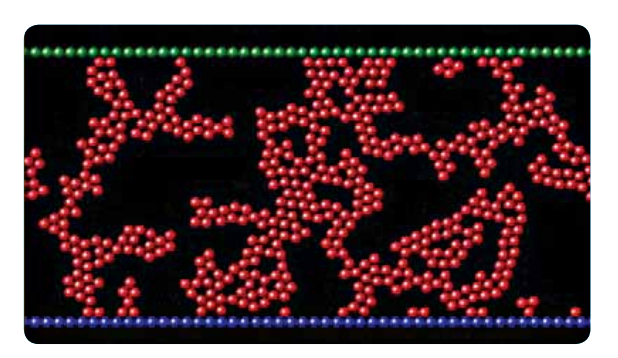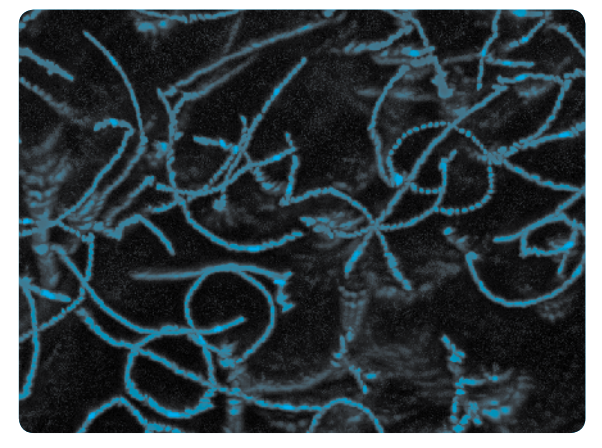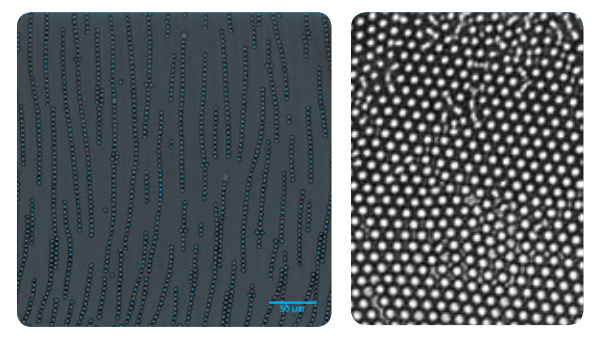Mahesh S Tirumkudulu
Core Faculty
Professor

151, Chemical Engineering
Core Faculty
Professor

Our current focus in the colloids area is to engineer ordered materials from colloidal dispersions through a fundamental understanding of particle ordering and consolidation in drying colloidal dispersions with a view to direct particle assembly. Using this bottom-up approach, both structure and composition will be controlled over micro/nano length scales to achieve the desired macroscopic behavior. The study is critical to industries as diverse as electronics, paints, coatings, ceramics, and agriculture. The methodology will include an understanding of the fluid-solid phase transition for varying particle size, shape and chemistry (inter-particle interaction), followed by prediction of ordering as a function of the said parameters in the presence of external fields. Drying and consolidation processes build up stresses in the colloidal packing while packing flaws such as voids and dislocations nucleate cracks thereby compromising the mechanical integrity of such materials. The study will also focus on understanding the fracture mechanics of such materials with an aim at their prevention. The proposed research will involve developing theoretical models complemented by experiments.

The interest here is to understand the stability of thin liquid sheets formed by impinging liquid jets, which find application in atomization processes related to combustion. We have recently shown that a radially expanding sheet is inherently unstable due to its spatially varying thickness - a fact that has been missed in the long history of its study. Our near term goal is investigate theoretically and experimentally this important aspect and predict the stability characteristics of radially expanding liquid sheets. Based on these results, we are in the process of building an atomizer for producing sub-micron droplets with minimal energy input.
Given the current energy needs of the country, understanding the atomization process so as to control the drop size and its distribution will be critical to diverse areas such as efficient combustion of fuels in gasoline and diesel engines, spray drying and coating, and spraying for efficient dispersal of insecticides/pesticides.

Our interest has recently been drawn to problems in biophysics where we apply the knowledge gained from studying transport processes in colloids to solve specific problems related to cell motility. As part of a collaborative project, we are studying the phenomenon of chemotaxis, which refers to the movement of microorganisms in response to chemical stimuli. This lies at the heart of understanding the mechanism of sensing and locomotion in more complex and higher organisms. While past studies have shown that unicellular prokaryotic bacteria such as Escherichia coli move up gradients of favorable chemicals via a sequence of straight swimming paths at constant swimming speeds interspersed by random turns, we have recently discovered that E. coli can also modulate its swimming speed to achieve efficient migration. This points to an unknown mechanism where in the cell is able to control its motor speed or modulate the geometry of its propellers by mere sensing of a chemical. Our immediate goal is to quantify these changes and predict the motion of bacteria in the presence of external chemical stimuli.